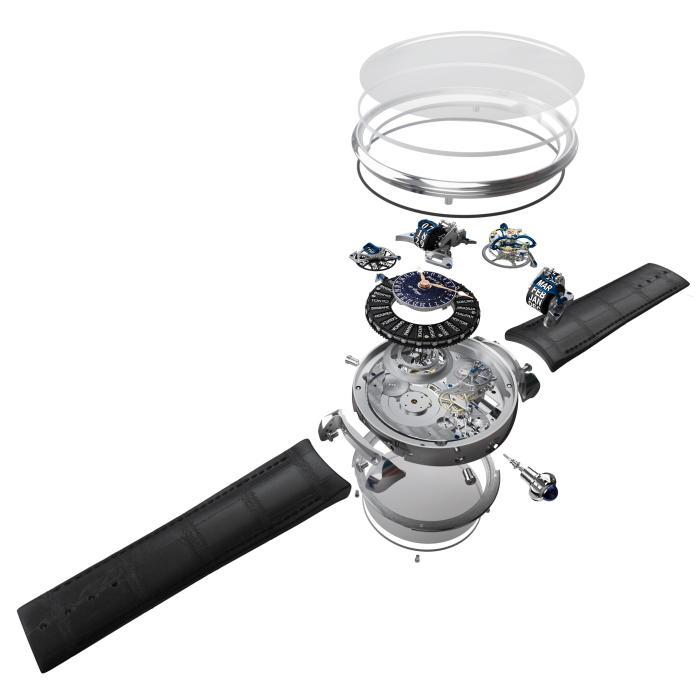Bovet Récital 28 Prowess 1

Unlock the Editor’s Digest for free
Roula Khalaf, Editor of the FT, selects her favourite stories in this weekly newsletter.
“Spring forward, fall back” is the phrase commonly used to remind ourselves of which way to adjust our watches as longer or shorter days trigger the use of daylight saving time (DST).
It is a mnemonic that works well for those in a country that observes the rule of adding an hour at the onset of spring and subtracting one at the start of autumn.
Globally, however, it is not that simple. Although it might seem as though DST has been around as long as time itself, it was only introduced on a nationwide basis when the German and Austro-Hungarian empires adopted it in a bid to reduce coal consumption a couple of years into the first world war.
Britain, its allies and many neutral European countries soon followed, with Russia waiting until 1917 and the US adopting the practice a year later.
Many countries dropped the idea after the war, only for it to be reintroduced during the second world war, standardised in the US in 1966 and more widely embraced in Europe during the energy crisis of the 1970s.
Today, 70 of the world’s 195 officially recognised countries use DST (one key exception being China which, despite its vast size, has one timezone all year round).
But the situation is complicated by the fact that the change forward or back doesn’t happen at the same time in each country. In the US, for example, DST starts on the second Sunday in March and ends on the first Sunday in November, while in the UK the clocks went forward this year on March 31 and will go back on the last Sunday in October.
While such lack of co-ordination doesn’t affect everyone, it can be problematic for insatiable globetrotters, particularly for those operating in a global business network in which accurate timing is crucial.
It is for such people that the privately owned Swiss watchmaker Bovet has spent five years developing the world’s first mechanical timepiece that needs only a simple press of its crown to account for seasonal time changes around the world.
The Récital 28 Prowess 1 uses a system of 24 rollers arranged around a wheel to display the names of prominent world cities, while an additional, smaller roller to the left of the wheel is marked with the abbreviations UTC (universal time co-ordinated); AST (American summer time); EAS (European-American summer) and EWT (European winter time).
Pushing the crown causes the smaller roller to rotate to the required position and simultaneously adjusts the city rollers to ensure that the correct time is always shown in relation to the chosen time period.

The hand-wound Recital 28 Prowess 1 also features a perpetual calendar, a flying tourbillon positioned at the 12 o’clock position (to represent the sun) and, despite having only a single mainspring barrel, a power reserve of 10 days.
A total of 744 individual components make-up the complex mechanism, which is contained in a case made from a choice of red gold, platinum or titanium that measures 46.3mm in diameter and is 17.85mm thick.
Just eight examples of the watch can be made annually and each will cost SFr650,000 ($770,000).
But even with that price tag, it may not be suitable for billionaire space tourists, on account of the fact that the White House recently tasked Nasa with calculating a timezone for the Moon which will be abbreviated as LTC — for co-ordinated lunar time.
#Bovet #Récital #Prowess






